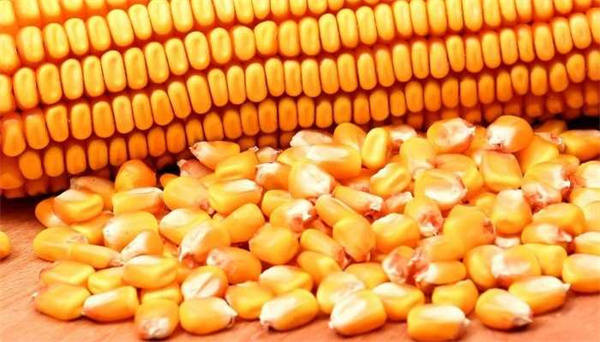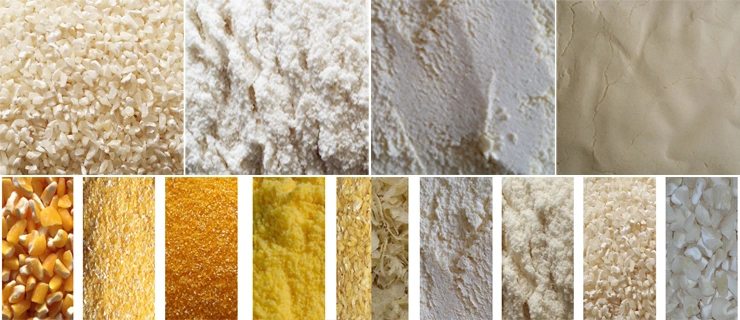Profitable Maize Milling Plant for Rural Entrepreneurs
In today's rapidly evolving economic landscape, rural entrepreneurs are constantly on the lookout for viable business opportunities that can not only bring financial stability but also contribute to the development of their communities. One such opportunity lies in setting up a profitable maize milling plant. Maize, also known as corn, is one of the most widely cultivated and consumed grains globally, making a maize milling plant a potentially lucrative venture.
**I. The Significance of Maize**
Maize is a staple food in many parts of the world, especially in rural areas. It is rich in carbohydrates, vitamins, and minerals, providing essential nutrition to millions. Beyond being consumed directly as food, maize is also used in various industries. In the food industry, it is processed into a wide range of products such as cornflakes, tortillas, popcorn, and corn starch. In the animal feed industry, maize is a major ingredient in feed formulations due to its high energy content. Additionally, maize can be used in the production of biofuels, further increasing its demand.
**II. The Need for Maize Milling Plants in Rural Areas**
Rural areas, where maize is often grown in abundance, stand to benefit greatly from having their own maize milling plants. Currently, many rural farmers sell their maize in raw form, receiving relatively low prices. By setting up a milling plant, entrepreneurs can add value to this raw product and increase their profit margins. Moreover, a local milling plant can create employment opportunities for the rural population, reducing unemployment and migration to urban areas. It can also stimulate economic growth by providing a market for local maize production and supporting related industries such as transportation and packaging.
**III. Types of Maize Milling Plants**
There are several types of maize milling plants available, ranging from small-scale, manually operated units to large, fully automated plants. The choice of the type of plant depends on various factors such as the available capital, expected production volume, and target market.
1. Small-Scale Maize Milling Plants:
These are ideal for entrepreneurs with limited capital. They are usually manually operated or semi-automated and can process a relatively small amount of maize per day. Small-scale plants are suitable for serving local markets and can be set up in a relatively small space. Despite their lower production capacity, they offer several advantages such as low initial investment, ease of operation, and flexibility in terms of product customization.
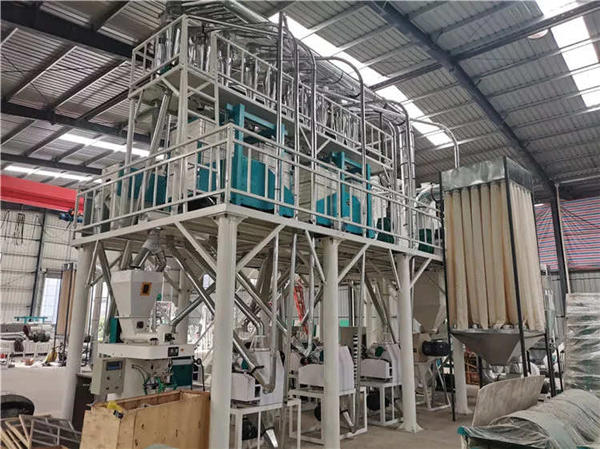 Small-Scale Maize Milling Plants 30-50ton per day
Small-Scale Maize Milling Plants 30-50ton per day2. Medium-Scale Maize Milling Plants:
Medium-scale plants are a step up from small-scale ones and can process a larger volume of maize. They are typically semi-automated or fully automated and require a moderate amount of capital investment. These plants are suitable for entrepreneurs who aim to serve a wider market and can produce a variety of maize products such as flour, grits, and meal. Medium-scale plants offer better economies of scale and can generate significant profits if managed efficiently.
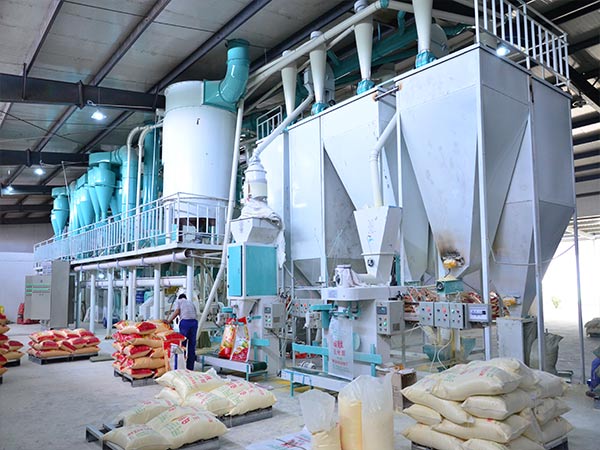 Medium-Scale Maize Milling Plants 100-ton per day
Medium-Scale Maize Milling Plants 100-ton per day3. Large-Scale Maize Milling Plants:
Large-scale plants are designed for high-volume production and are fully automated. They require a substantial amount of capital investment but can process large quantities of maize per day. These plants are usually set up by large corporations or government entities and are aimed at serving national and international markets. While large-scale plants offer the highest production capacity and potential for profit, they also come with higher risks and require extensive management and marketing expertise.
 Large-Scale Maize Milling Plants 500ton per day
Large-Scale Maize Milling Plants 500ton per day **IV. Components of a Maize Milling Plant**
A typical maize milling plant consists of several key components:
1. Cleaning and Sorting Equipment:
This equipment is used to remove impurities such as stones, dirt, and broken kernels from the maize. It ensures that only clean and high-quality maize is processed, improving the quality of the final products. Sorting equipment can also separate the maize based on size and quality, allowing for more efficient processing.
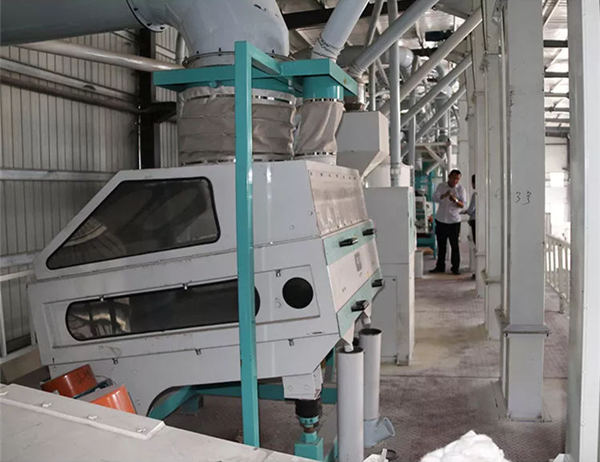 maize cleaning and sorting machine
maize cleaning and sorting machine2. Milling Equipment:
The milling equipment is the heart of the maize milling plant. It consists of various types of mills such as hammer mills, roller mills, and stone mills, depending on the desired product and production capacity. The milling process breaks down the maize kernels into smaller particles, such as flour, grits, or meal.
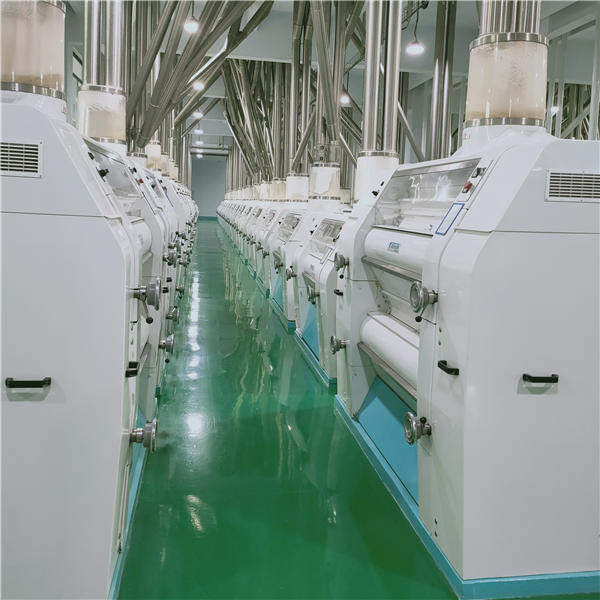 Milling Equipment
Milling Equipment3. Packaging Equipment:
After milling, the maize products need to be packaged for storage and transportation. Packaging equipment can range from simple manual packaging machines to fully automated packaging lines. Proper packaging is essential to maintain the quality and freshness of the products and to attract customers.
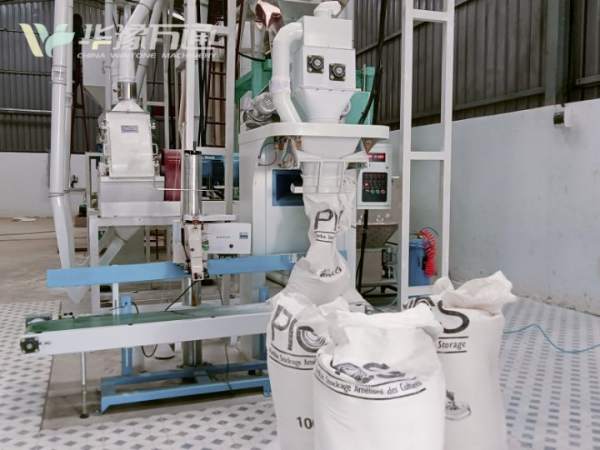 Packing Equipment
Packing Equipment4. Storage Facilities:
A maize milling plant requires adequate storage facilities to store raw maize and finished products. Storage silos or warehouses should be clean, dry, and properly ventilated to prevent spoilage and insect infestation.
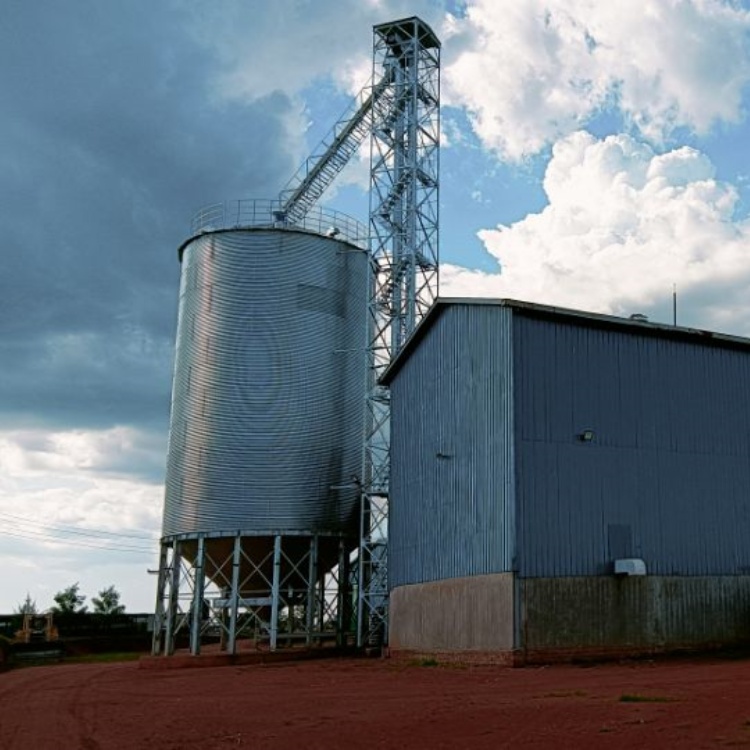 Maize Storage Silos
Maize Storage Silos**V. The Maize Milling Process**
The maize milling process typically involves the following steps:
1. Cleaning and Sorting:
As mentioned earlier, the first step is to clean and sort the maize to remove impurities and separate it based on size and quality.
2. Soaking (optional):
In some cases, the maize may be soaked in water for a certain period to soften the kernels and improve the milling process. This step is especially useful for producing certain types of maize products.
3. Milling:
The cleaned and sorted maize is then fed into the milling equipment, where it is ground into smaller particles. The type of mill and the milling parameters (such as speed and pressure) depend on the desired product.
4. Sieving and Grading:
After milling, the maize products are sieved and graded to separate them into different sizes and qualities. This step ensures that the final products meet the required standards.
5. Packaging:
The graded maize products are then packaged in suitable containers, such as bags or sacks, for storage and transportation.
**VI. Marketing and Sales of Maize Products**
To make a maize milling plant profitable, effective marketing and sales strategies are essential. Here are some tips for marketing and selling maize products:
1. Identify Your Target Market:
Determine who your potential customers are and what their needs and preferences are. This could include local households, bakeries, restaurants, food manufacturers, or exporters. Tailor your products and marketing efforts to meet the specific requirements of your target market.
2. Build a Brand:
Create a unique brand for your maize products that stands out from the competition. Use attractive packaging, labeling, and advertising to promote your brand and build customer loyalty.
3. Establish Distribution Channels:
Set up efficient distribution channels to reach your target market. This could include selling directly to customers through your own retail outlet, supplying to wholesalers and distributors, or exporting to other countries. Ensure that your products are delivered on time and in good condition.
4. Participate in Trade Shows and Exhibitions:
Attend trade shows and exhibitions related to the food industry to showcase your maize products and network with potential customers and partners. This can help you gain exposure and expand your market reach.
5. Offer Quality Products and Excellent Customer Service:
Provide high-quality maize products that meet or exceed customer expectations. Offer excellent customer service, including prompt delivery, after-sales support, and product customization if possible. This will help you build a good reputation and attract repeat customers.
**VII. Challenges and Solutions**
Setting up and operating a maize milling plant in rural areas comes with its own set of challenges. Some of the common challenges include:
1. Lack of Capital:
Starting a maize milling plant requires a significant amount of capital investment. Rural entrepreneurs may face difficulties in raising the necessary funds. Solutions to this problem could include seeking financial support from banks, government programs, or private investors. Crowdfunding and partnerships can also be explored.
2. Limited Infrastructure:
Rural areas may lack proper infrastructure such as roads, electricity, and water supply, which can affect the operation of the milling plant. Entrepreneurs can work with local authorities and community organizations to improve infrastructure or find alternative solutions such as using renewable energy sources.
3. Competition:
The maize milling industry may be competitive, especially in areas where there are already established players. To stand out from the competition, rural entrepreneurs need to focus on quality, innovation, and customer service. They can also explore niche markets or unique product offerings.
4. Technical Expertise:
Operating a maize milling plant requires technical knowledge and skills. Rural entrepreneurs may lack the necessary expertise. Training programs and technical support can be obtained from government agencies, industry associations, or equipment suppliers. Hiring experienced staff can also help.
**VIII. Conclusion**
A maize milling plant can be a highly profitable business opportunity for rural entrepreneurs. By adding value to locally grown maize, creating employment opportunities, and stimulating economic growth, a maize milling plant can contribute to the development of rural communities. However, setting up and operating a milling plant requires careful planning, investment, and management. Entrepreneurs need to consider factors such as the type of plant, components, milling process, marketing strategies, and challenges. With the right approach and determination, a maize milling plant can be a successful venture that brings prosperity to rural entrepreneurs and their communities.
China WinTone Machinery is a leading company in the field of machinery manufacturing.
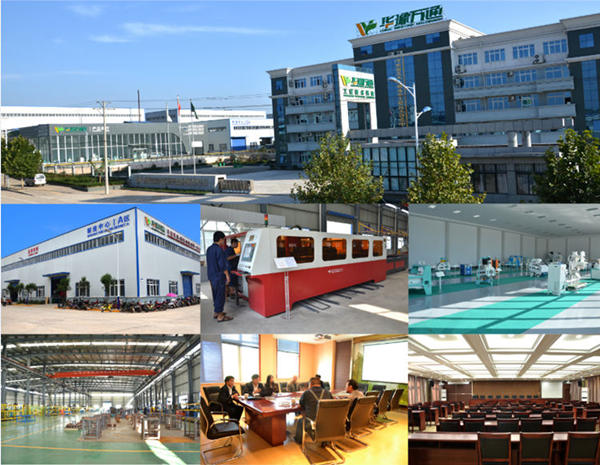 China Win Tone Machinery--Grain Processing Equipment Supplier
China Win Tone Machinery--Grain Processing Equipment Supplier With years of experience and expertise, WinTone Machinery is dedicated to providing high-quality and innovative grainprocessing machinery solutions. The company offers a wide range of products, including equipment for various industries such as agriculture, food processing, and manufacturing. For the food processing industry, the company produces state-of-the-art equipment for processing grains, such as corn and wheat. This includes machinery for milling, sorting, and packaging, ensuring the production of high-quality food products.
With a focus on innovation, quality, and service, China WinTone Machinery is a trusted partner for businesses looking for reliable and efficient machinery solutions.
Contact us:
Email: info@wintonemachienry.com
WhatsApp: +86 199 3739 2058
Official website:
www.wintonemac.com
